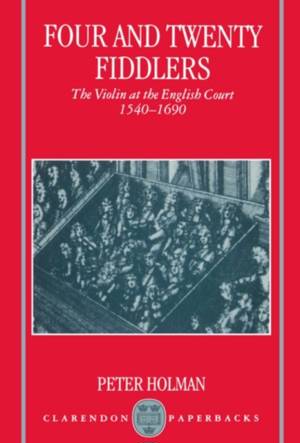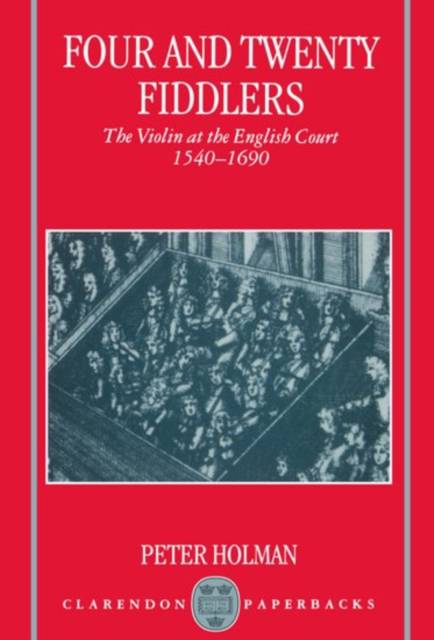
- Afhalen na 1 uur in een winkel met voorraad
- Gratis thuislevering in België vanaf € 30
- Ruim aanbod met 7 miljoen producten
- Afhalen na 1 uur in een winkel met voorraad
- Gratis thuislevering in België vanaf € 30
- Ruim aanbod met 7 miljoen producten
Zoeken
Omschrijving
Richard Wagner's opera Das Rheingold is a milestone in the composer's output and in the history of music in general. It marked Wagner's return to operatic composition after a hiatus of five years, and signified his definitive break with earlier operatic conventions. It also represents a reconsideration of the whole question of dramatic-musical form, and the role of tonality in articulating this form. Warren Darcy traces here the genesis of Das Rheingold through the various textual and musical sketches and drafts to the full score, and also develops a theoretical framework within which the opera may be meaningfully analyzed. Using Wagner's manuscripts as a point of departure, Darcy discusses the formal, harmonic, and linear structure of the work. In so doing, he challenges a number of contemporary views about the opera, esppecially those of Carl Dahlhaus.
Specificaties
Betrokkenen
- Auteur(s):
- Uitgeverij:
Inhoud
- Aantal bladzijden:
- 274
- Taal:
- Engels
- Reeks:
Eigenschappen
- Productcode (EAN):
- 9780198166030
- Verschijningsdatum:
- 25/07/1996
- Uitvoering:
- Paperback
- Formaat:
- Trade paperback (VS)
- Afmetingen:
- 157 mm x 234 mm
- Gewicht:
- 435 g

Alleen bij Standaard Boekhandel
+ 222 punten op je klantenkaart van Standaard Boekhandel
Beoordelingen
We publiceren alleen reviews die voldoen aan de voorwaarden voor reviews. Bekijk onze voorwaarden voor reviews.











